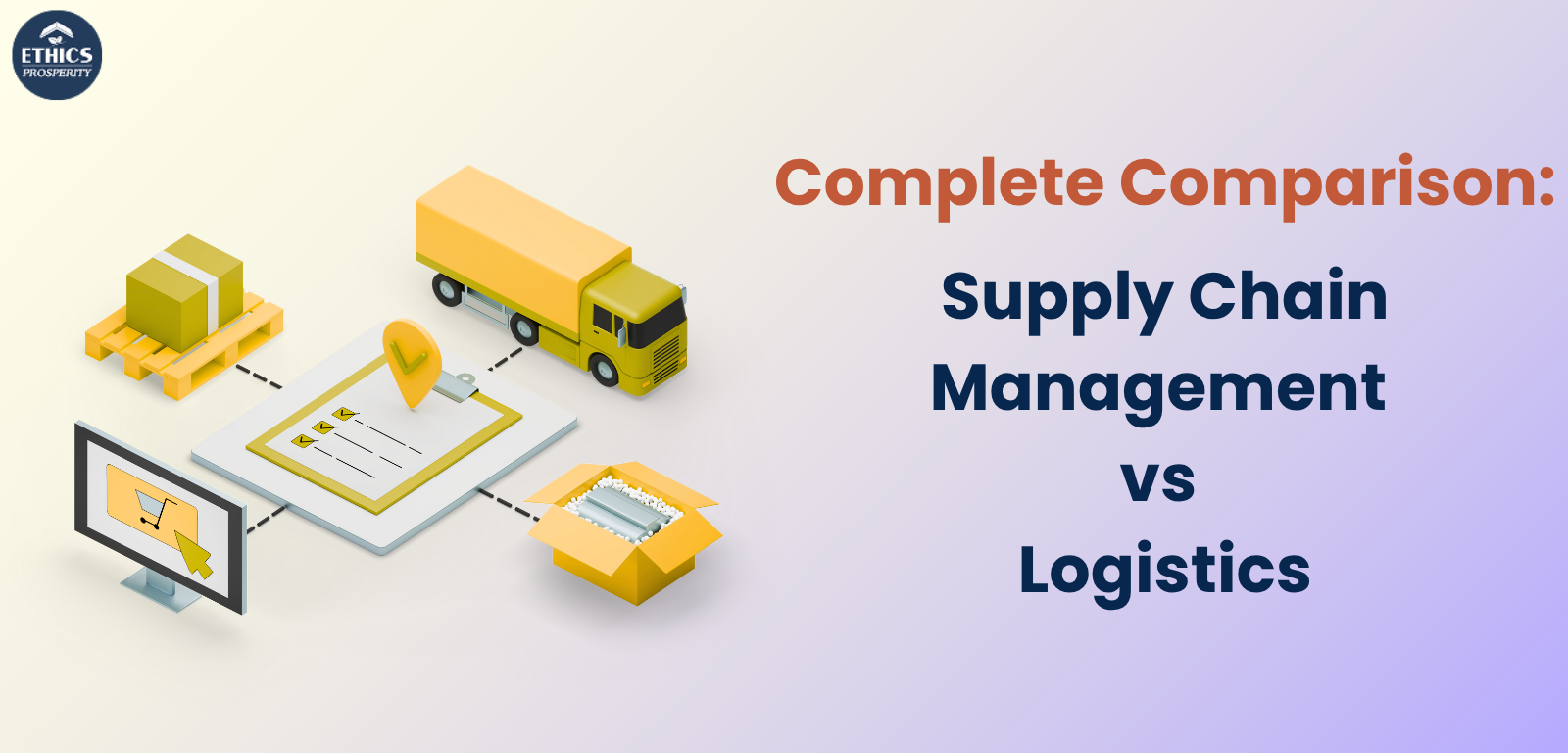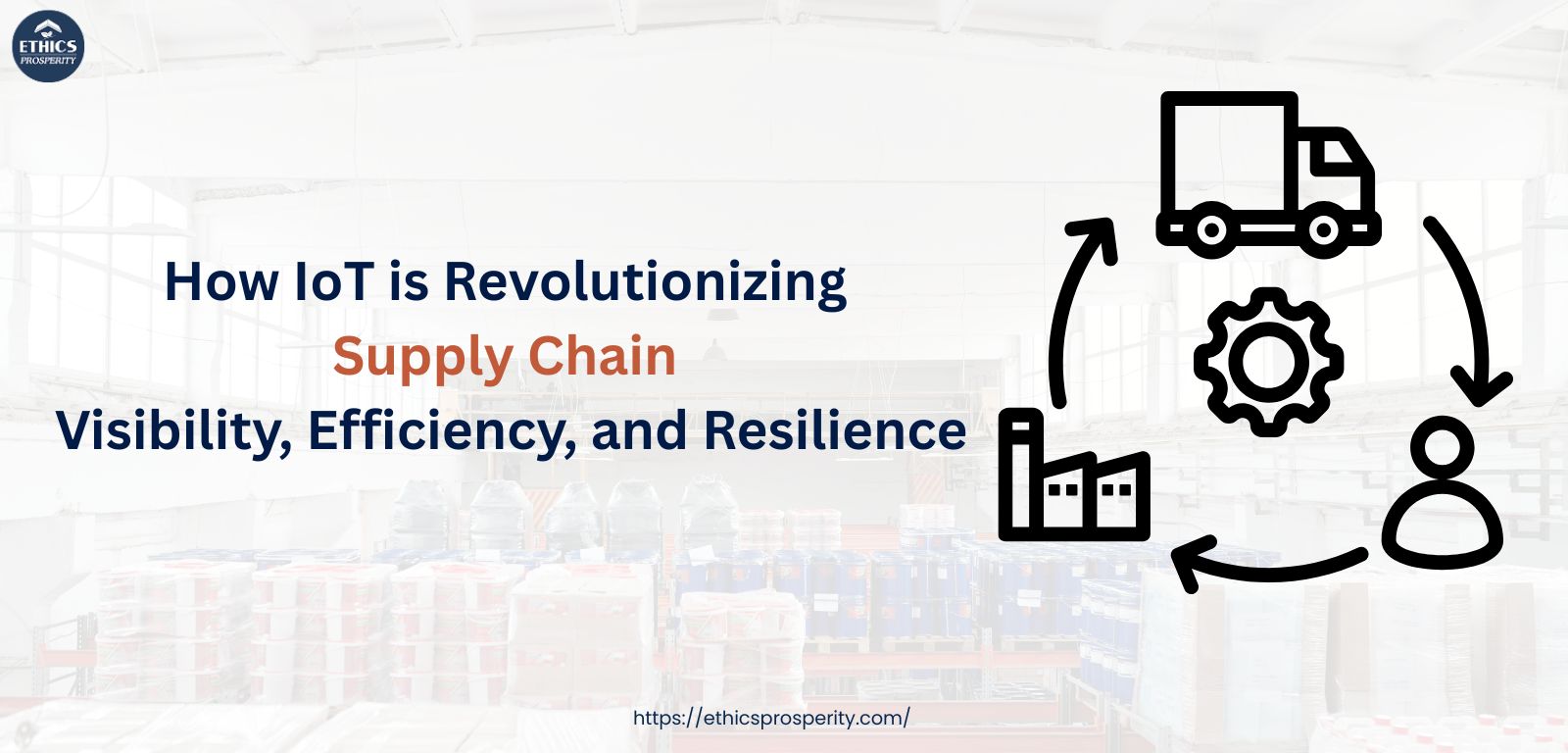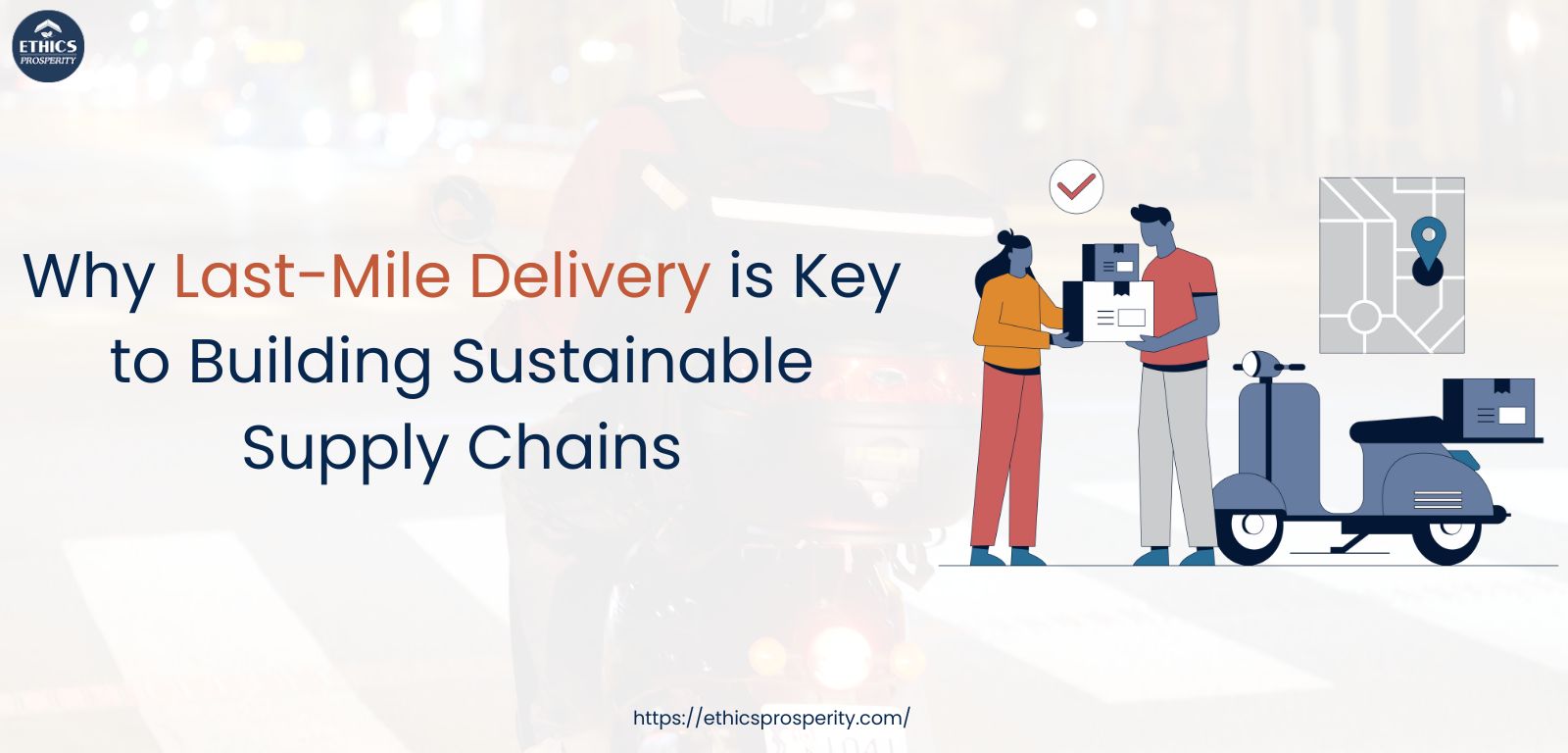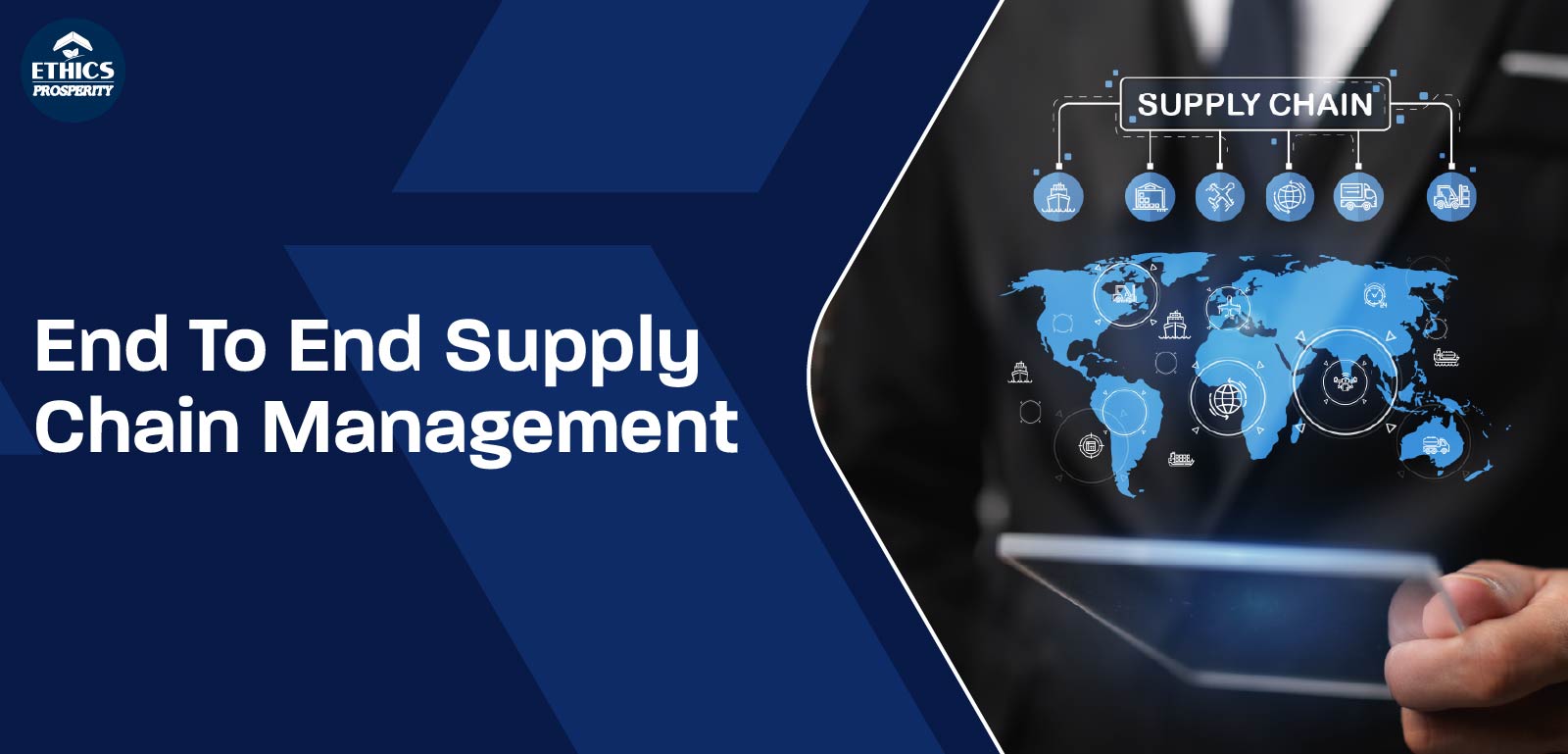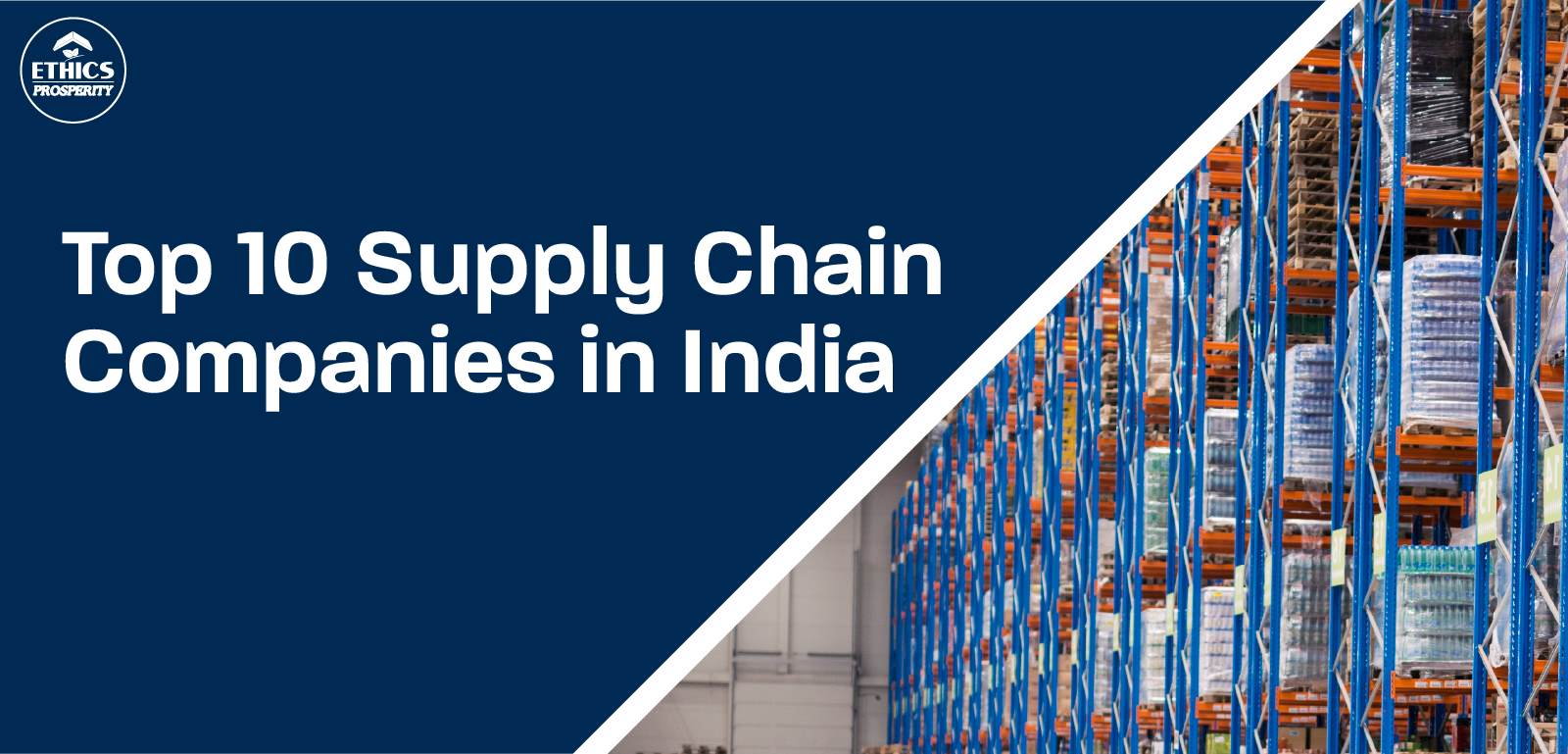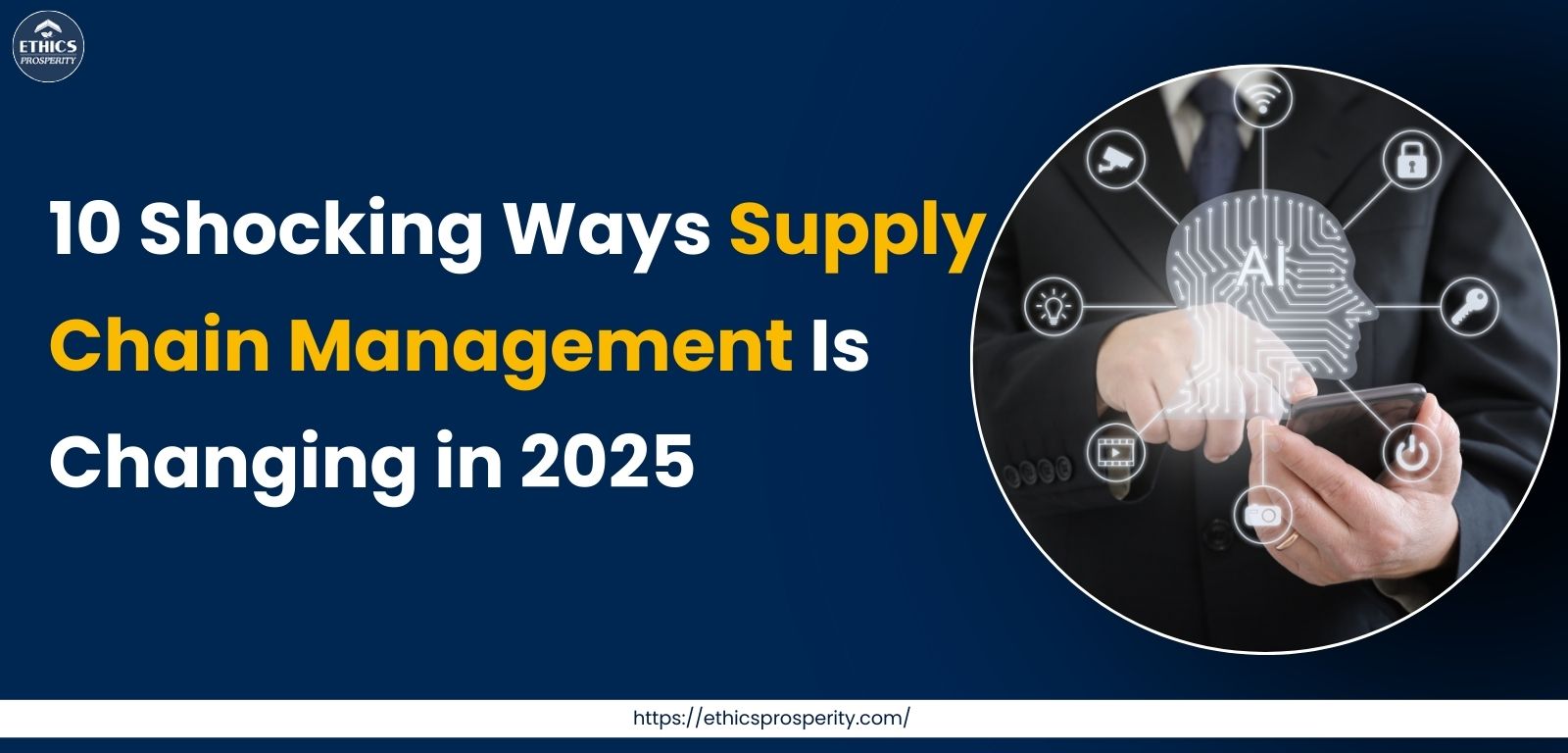Introduction
In an increasingly interconnected world, businesses across industries rely on streamlined operations to remain competitive. Two core components at the heart of this efficiency are Supply Chain Management (SCM) and Logistics.
Although often used interchangeably, SCM and logistics play distinctly different roles in business success. This article offers a comprehensive side-by-side comparison, crafted for B2B professionals and supply chain leaders, highlighting the critical differences, overlapping functions, and strategic value of both.
What is Supply Chain Management (SCM)?
SCM refers to the end-to-end management of processes involved in producing and delivering a product—from sourcing raw materials to delivering the final product to the end user.
It's a strategic business function, involving planning, integration, and collaboration across internal departments and external partners.
Key Functions of SCM
Supplier relationship & contract management
Procurement and sourcing strategy
Production planning and scheduling
Inventory optimization
Demand forecasting and sales planning
- Supply chain risk and compliance management
Strategic Role in Business
Modern SCM aims to:
Optimize cost-to-serve models
Increase agility in volatile markets
Foster collaborative supplier ecosystems
Support ESG (Environmental, Social, and Governance) initiatives
- Enable responsive, demand-driven fulfillment
What is Logistics?
Logistics is a subset of SCM that focuses on the planning, execution, and control of goods movement and related information from origin to consumption.
Core Logistics Functions
Inbound and outbound transportation
Warehouse operations and inventory management
Freight and carrier management
Order processing and distribution
- Reverse logistics (returns and recovery)
Tactical Role in Operations
While SCM sets the strategy, logistics ensures on-ground execution—moving the right product, in the right quantity, to the right place, at the right time, and at the lowest cost.
Supply Chain vs Logistics:
Core Differences Between SCM and Logistics
1. Scope and Responsibility
SCM covers a broader spectrum—from supplier collaboration and demand planning to compliance and ESG.
- Logistics focuses on the physical movement, storage, and flow of goods.
2. Strategic vs Tactical Focus
SCM is a business strategy function, aligning supply with demand, managing risk, and supporting profitability.
- Logistics is operational, concerned with day-to-day routing, carrier selection, and shipment tracking.
3. Tools & Technologies Used
SCM uses ERP (e.g., SAP, Oracle), advanced analytics, AI-powered forecasting, and collaboration platforms.
- Logistics leverages TMS (Transportation Management Systems), WMS (Warehouse Management Systems), GPS, and IoT for visibility.
4. Information Flow
SCM requires real-time collaboration across silos, while logistics requires accurate and fast transactional data like delivery times, order status, and inventory levels.
How SCM and Logistics Work Together
SCM and logistics are interdependent:
SCM designs the network, defines sourcing policies, and forecasts demand.
- Logistics executes that plan by moving, storing, and delivering products efficiently.
Seamless alignment ensures that customer service levels, cost targets, and operational KPIs are consistently met.
Benefits of Supply Chain Management and Logistics
1. Operational Efficiency
Faster production cycles
Reduced waste and excess inventory
- Streamlined warehouse operations
2. Supplier & Partner Alignment
Shared goals across tiers
Better negotiation leverage
- Lower supply risk
3. Business Growth & Profitability
Responsive fulfillment
Stronger customer loyalty
Scalable processes to support expansion
Key Challenges in Today’s Supply Chains
1. Global Disruptions
Geopolitical tensions, pandemics, port congestions, and extreme weather can collapse entire chains.
2. Volatile Demand & Inventory Imbalances
Without predictive tools, companies overstock or underdeliver—both damaging cash flow and brand trust.
3. Regulatory Compliance
Supply chain management must address FDA, ISO, REACH, and emerging ESG standards—non-compliance leads to penalties and reputational risk.
4. Cost Pressures
Inflation, fuel costs, and labor shortages increase the need for smarter cost-to-serve models.
SCM vs Logistics Across Industries
1. Retail
SCM: Omnichannel integration, supplier diversity, demand sensing
Logistics: Last-mile delivery, return processing, real-time visibility
2. Manufacturing
SCM: BOM (Bill of Materials) optimization, capacity planning, procurement
Logistics: Just-in-time material flow, factory-to-distributor coordination
3. Healthcare
SCM: Cold chain integrity, product traceability, regulatory compliance
Logistics: Emergency delivery, GPS-tracked supply runs, asset tracking
Emerging Trends Shaping the Future
1. AI and Predictive Analytics
AI models are used for demand forecasting, scenario planning, and dynamic inventory reallocation.
2. Green Supply Chains
Emphasis on carbon footprint reduction, sustainable packaging, and ethical sourcing.
3. Last-Mile Innovations
Use of drones, smart lockers, and hyperlocal warehousing to reduce last-mile cost and increase customer satisfaction.
Real-World Case Studies
Amazon (B2C)
Amazon integrates robotic warehousing, AI-driven forecasting, and its own delivery fleet to achieve sub-24-hour delivery in many regions.
Siemens (B2B)
Siemens uses digital twins and advanced simulation models to optimize sourcing, manufacturing, and supplier visibility across global plants.
Unilever (B2B)
Unilever’s blockchain-based solution for palm oil tracking ensures sustainable sourcing and regulatory alignment across its complex supply base.
Conclusion
Understanding the nuances between Supply Chain Management and Logistics is no longer optional—it’s essential. SCM sets the strategic framework that aligns sourcing, production, and customer service, while logistics delivers on that promise with execution excellence.
Together, they form the backbone of resilient, profitable, and customer-focused businesses, especially in B2B environments where complexity and risk are higher.
Companies that invest in digital tools, collaborative processes, and future-proof networks will not only survive but also lead.
